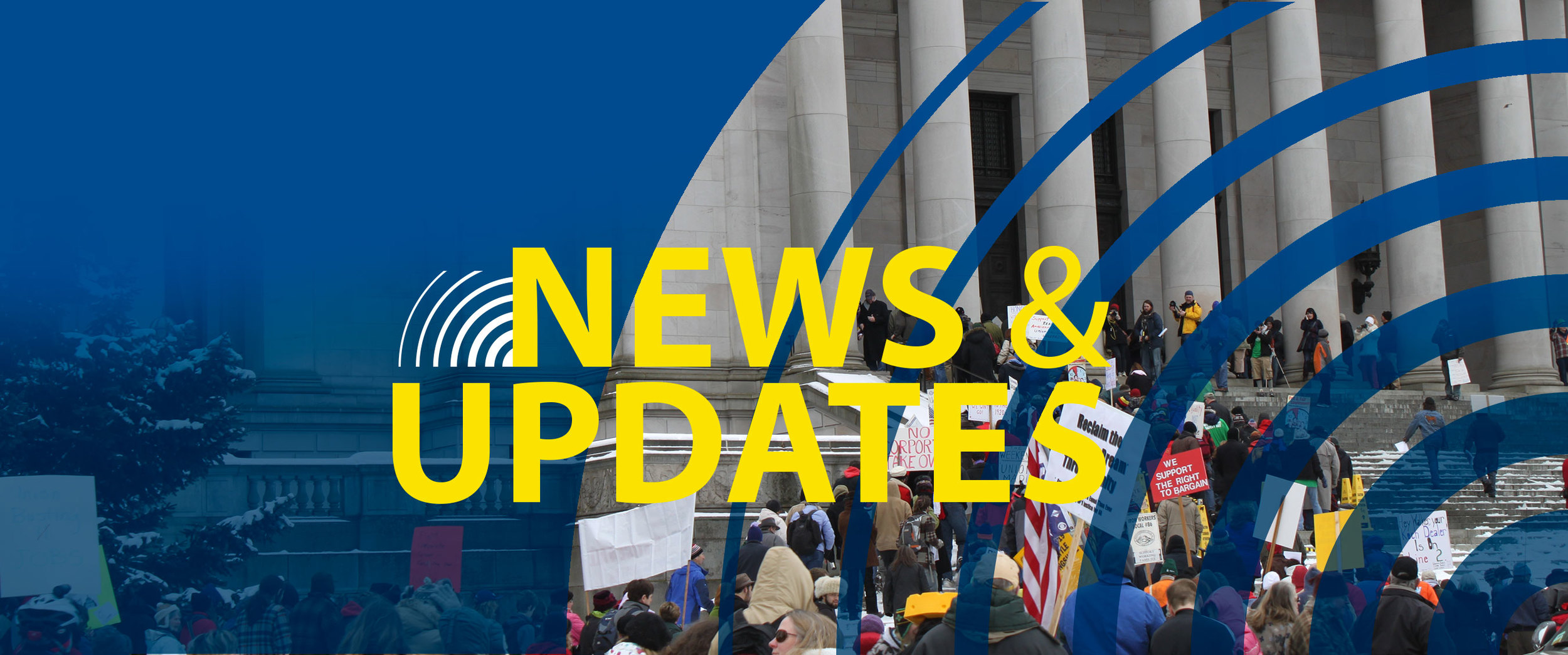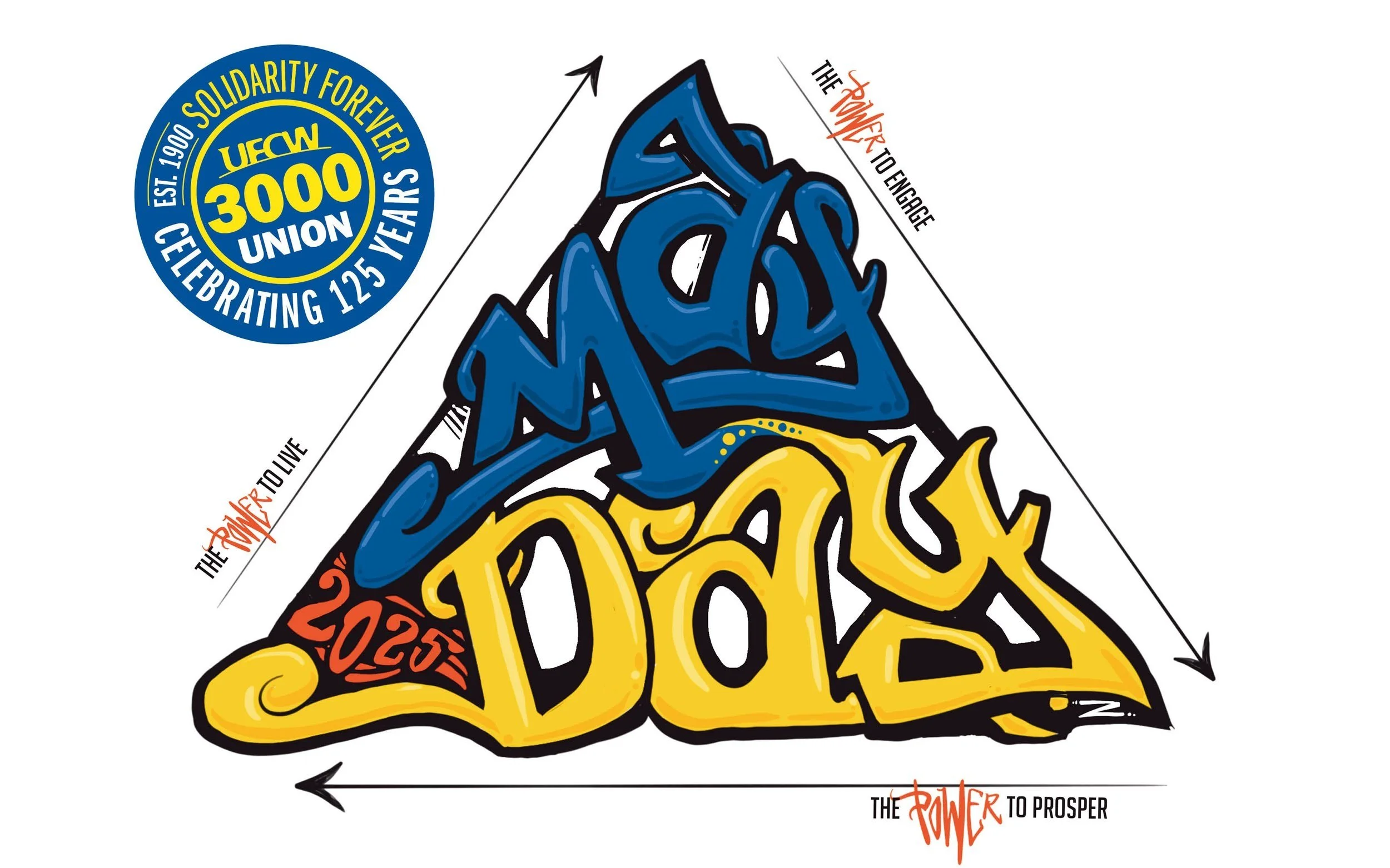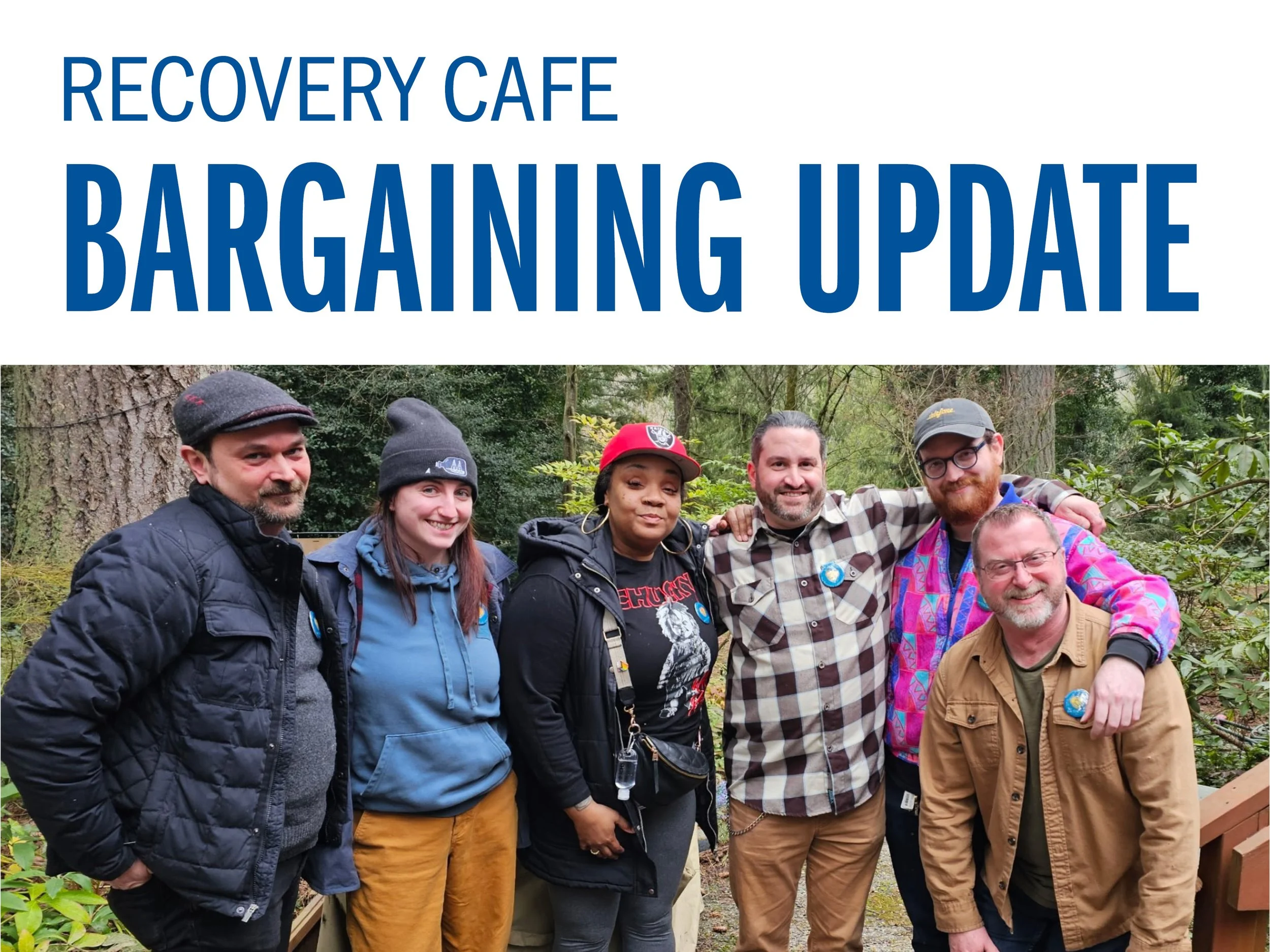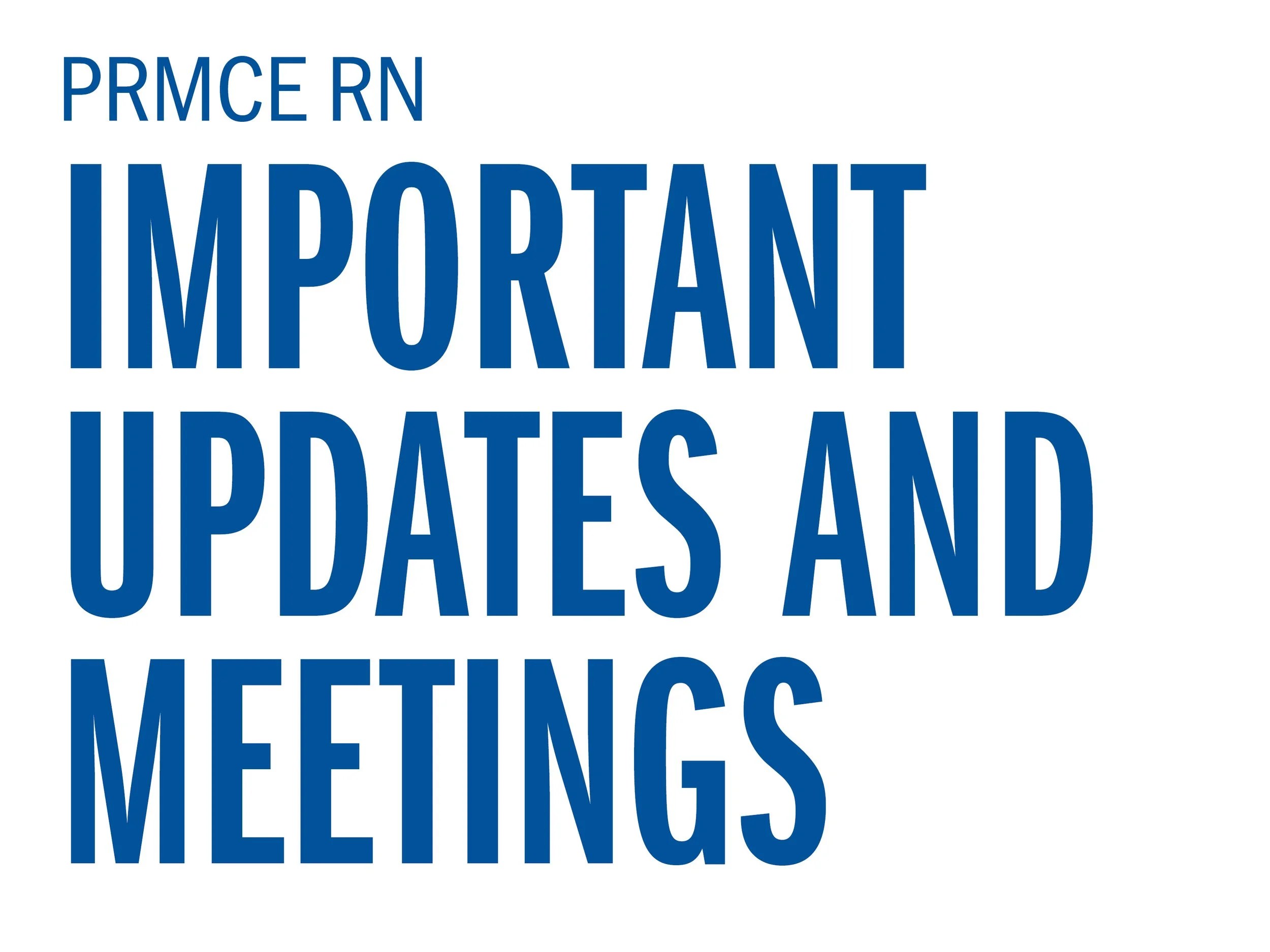This May Day, We March for the Power to Live, to Engage, and to Prosper
/Our union marches in May Day parades every year, but this year feels different.
In the last few months, the federal government has launched an all-out assault on the working class and on our First Amendment rights.
After disrupting Medicaid access in January, they’ve proposed massive cuts to the program and ended some federal payments, causing mass layoffs locally.
They’ve rounded up immigrant workers and students and shipped them off to far-flung detention centers, circumventing constitutional rights to due process.
They’ve paralyzed federal worker protections.
They’ve taken a chainsaw to the federal labor force and have nuked contracts with tens of thousands of federal public sector workers, imperiling benefits for veterans and the Social Security that workers paid into throughout their careers.
If we don’t act now to defend our rights, what’s to stop them from coming for state public workers and private-sector unions next? What’s to stop them from booting American citizens from the country just for saying something that this administration and its billionaire backers don’t like?
The threat is real. In the last few weeks, President Donald Trump “repeatedly” endorsed the idea of sending American citizens to foreign prisons.
Their aim is clear. They want us scared, and they want us confused. They want us scared and confused so that it’s easier for them to divide and conquer.
Though all this chaos and cruelty may seem new, the history of May Day reminds us that we’ve been here before – and it also shows us the path forward.
Lessons from the Past
After a long period of rampant income equality, in 1886 the American Federation of Labor kicked off a strike on May 1 to fight for an eight-hour workday. On the strike’s third day, Chicago police cracked down on workers demonstrating outside the McCormick Reaper plant. After workers and cops fell to violent assaults, a bomb went off in the crowd. Prosecutors blamed eight workers for the explosion and hanged four of them. In 1889, May Day was named as a labor holiday around the world in honor of the Chicago dead.
Fast-forward from the end of the 19th century to the beginning of the 21st, when the federal government tried to criminalize a different set of workers. As some labor unions renewed efforts to organize undocumented workers, in 2006 politicians proposed legislation to make felons of them, their families, and anyone who stood with them. In response, immigrant organizations and labor unions launched “A Day without Immigrants” on May 1. That day, hundreds of thousands of people across the country marched in solidarity with undocumented immigrants who walked off the job, participating in this country’s long tradition of protest. During that fight, we showed the world that America cannot thrive if its workers cannot thrive—and that includes immigrant workers, no matter their status.
Winning the Future
Click to enlarge
We’re still working on that pathway to citizenship for all workers. And though we’d win the 8-hour workday for all Americans in 1937—more than 50 years after that bloody day in Chicago—we have a long way to go to secure the all the rights workers deserve.
In that spirt, this year we march under the banner of nine demands endorsed by UFCW 3000’s executive board.
Though we look to the past for inspiration, we also need a platform to win the future, one that all working people can get behind regardless of political affiliation. Working toward these nine demands will give us the power we all need to live, to fully engage in civic and social life, and the power to prosper – and we won’t rest until we get it.
Join us under this banner as we show up in force to marches all around the state.






































